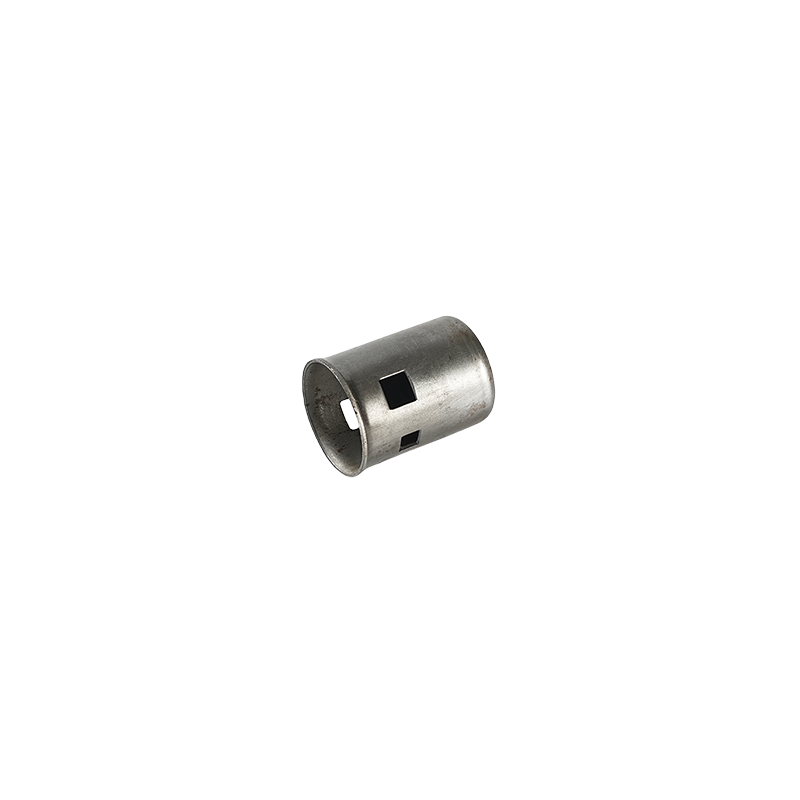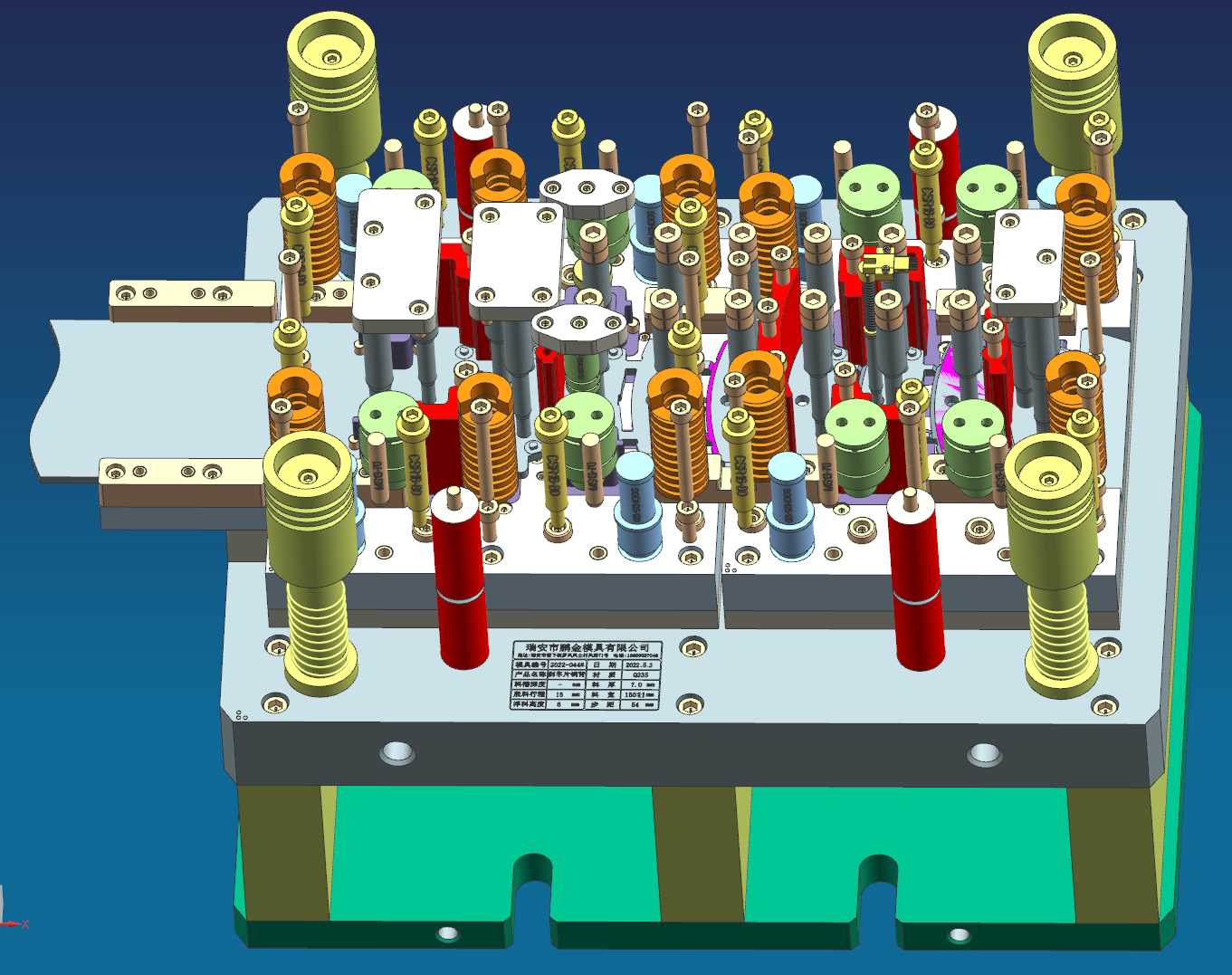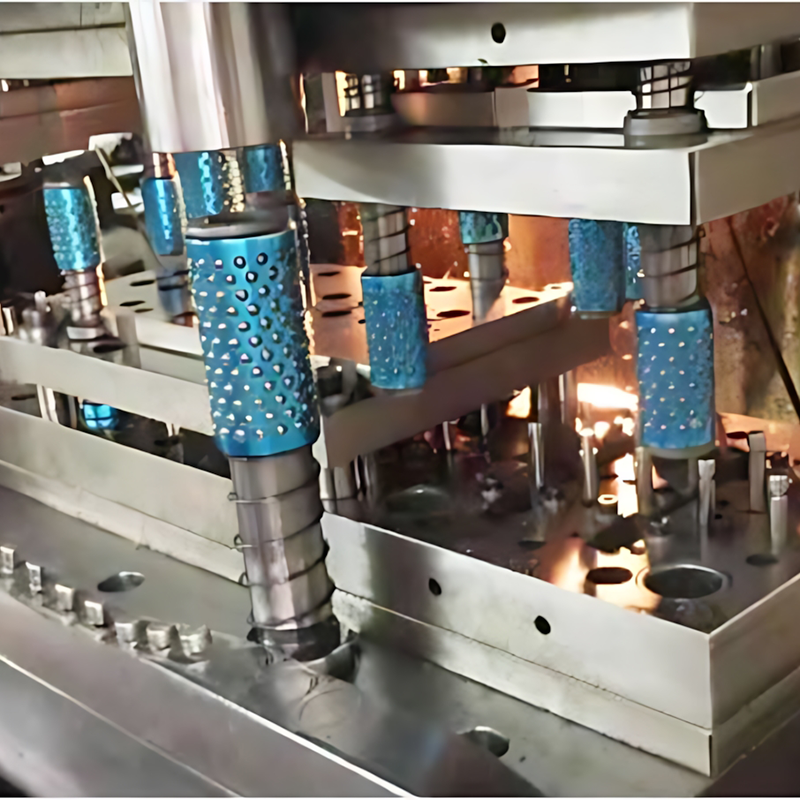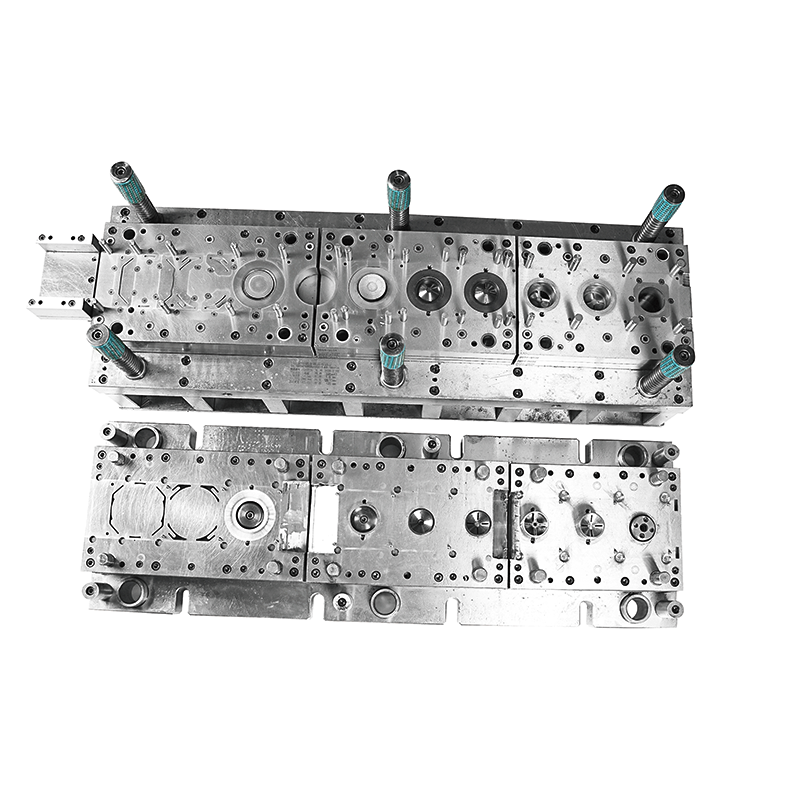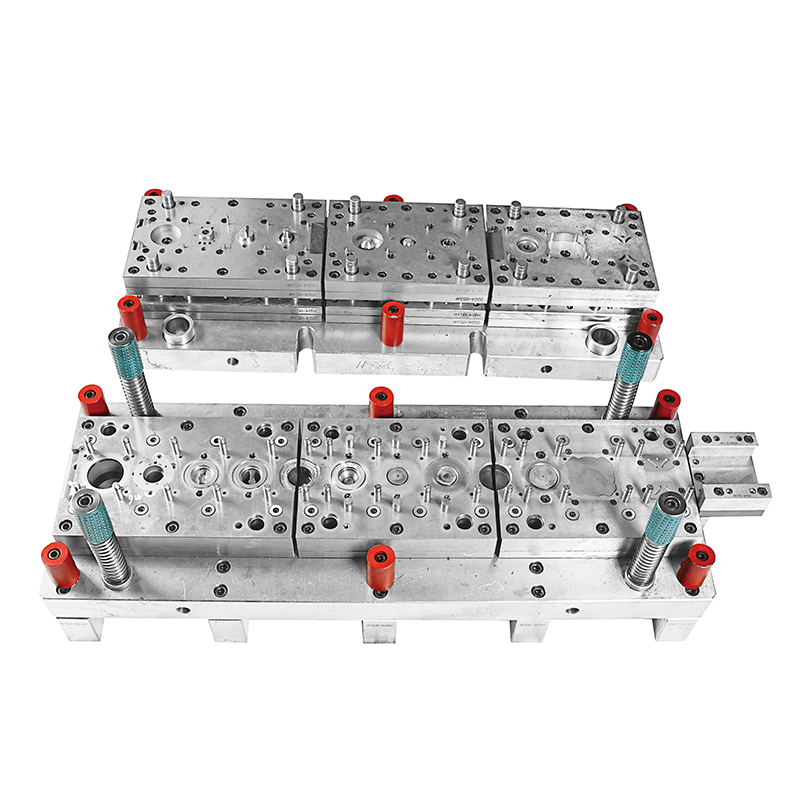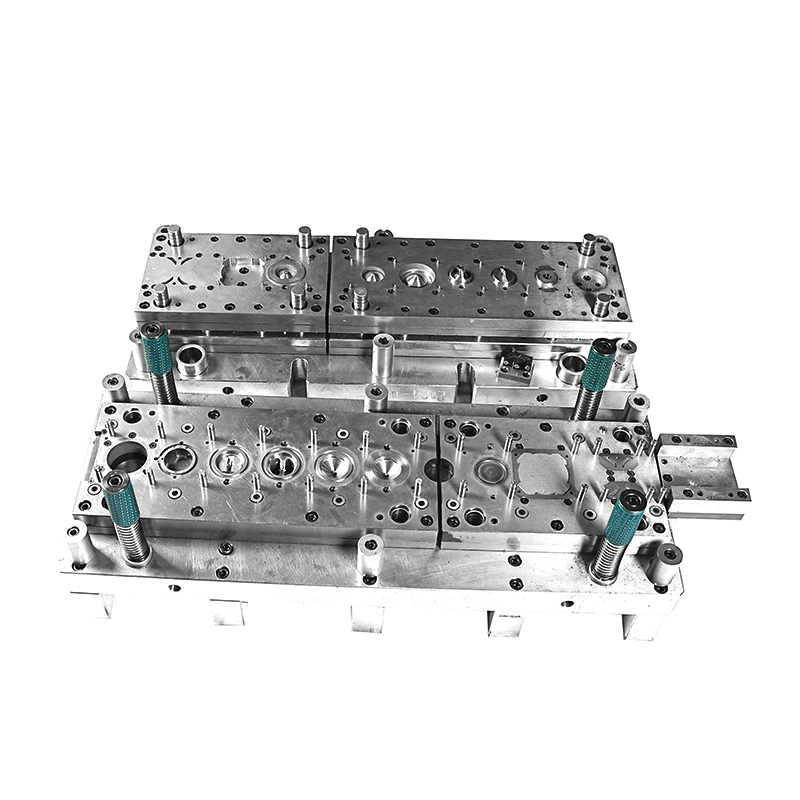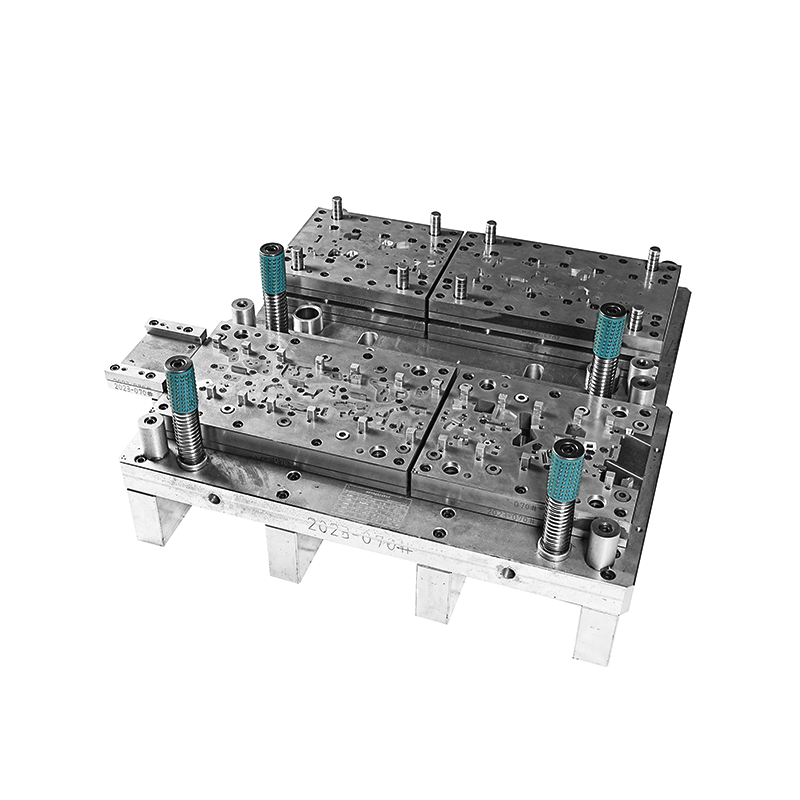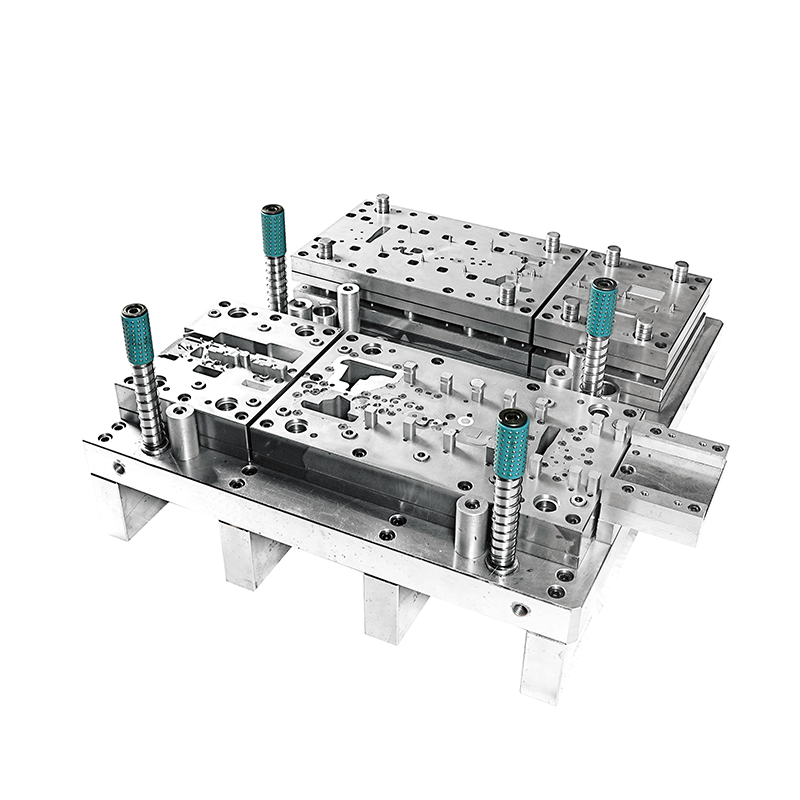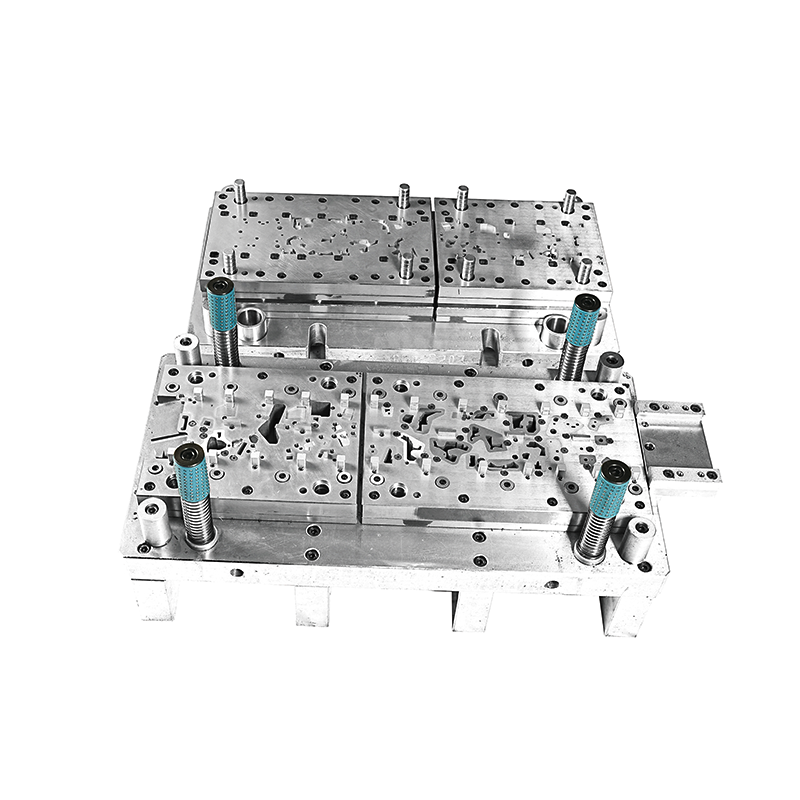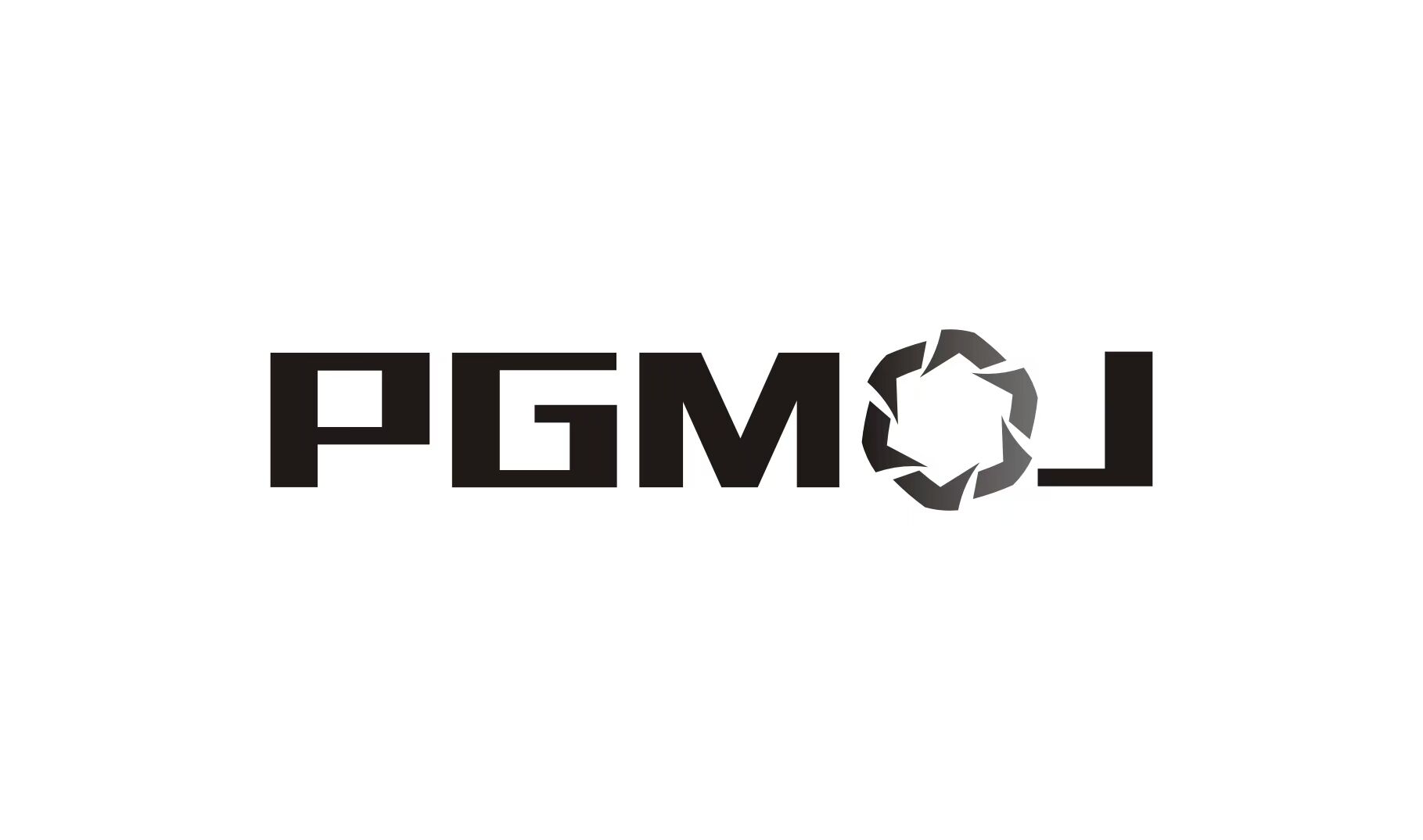Description
Motor stamping parts refer to various metal parts used in motors manufactured by stamping process.
Features
High precision: The dimensional accuracy requirements of motor stamping parts are very high, such as the slot size of stator and rotor punching, the outer diameter and inner diameter of the punching, etc. Any slight dimensional deviation may affect the performance of the motor, such as uneven air gap, which in turn affects the efficiency, torque and other parameters of the motor.
Good electromagnetic properties: For parts closely related to electromagnetic induction such as stator and rotor punching, the materials are required to have good electromagnetic properties, such as high magnetic permeability and low iron loss, so as to improve the energy conversion efficiency of the motor and reduce heat and loss.
Efficient production: The stamping process is suitable for large-scale production, which can achieve high production efficiency and reduce production costs. By designing reasonable stamping dies and process flows, a large number of motor stamping parts with stable quality can be produced in a short time.
Material
Silicon steel sheet: It is the main material for manufacturing stator punchings and rotor punchings. Silicon steel has the characteristics of high magnetic permeability and low iron loss, which can effectively conduct magnetism and reduce eddy current loss, thereby improving the efficiency and performance of the motor. According to the different requirements of the motor, silicon steel sheets of different grades and thicknesses will be selected.
Low carbon steel: commonly used to manufacture motor housings, end plates and other parts. Low carbon steel has good stamping and welding properties, can meet the requirements of parts for strength and toughness, and has a relatively low cost.
Stainless steel: In some motors with high corrosion resistance requirements, stainless steel materials are used to manufacture stamping parts. For example, for motors working in a humid or corrosive gas environment, their housings, terminal box brackets and other parts may be stamped with stainless steel to improve the service life and reliability of the motor.
Manufacturing process
Mold design and manufacturing: According to the design drawings of motor stamping parts, high-precision stamping dies are designed and manufactured. The precision and quality of the mold directly affect the dimensional accuracy and surface quality of the stamping parts. The mold is usually made of high-quality mold steel, and is precision machined and heat treated to ensure that it has sufficient hardness, strength and wear resistance.
Stamping: The prepared metal sheet or coil is fed into the stamping machine, and pressure is applied to the sheet through the stamping die to cause it to undergo plastic deformation, thereby obtaining the desired shape and size. The stamping process may include multiple processes such as blanking, bending, stretching, and punching. For example, stator punching and rotor punching are usually punched from silicon steel sheet coils through a blanking process, and then punching and other subsequent processes are performed; the manufacture of motor housings may involve processes such as bending and stretching to form the complex shape of the housing.
Surface treatment: In order to improve the corrosion resistance, insulation performance or appearance quality of motor stamping parts, they are usually surface treated. Common surface treatment methods include electroplating, spraying, phosphating, etc. Electroplating can coat a layer of metal such as zinc, nickel, etc. on the surface of parts to improve corrosion resistance; spraying can form an insulating or decorative coating; phosphating can improve the wear resistance and corrosion resistance of the surface of parts, and at the same time help the subsequent coating process.
Applications
The main types are: stator punching, rotor punching, motor housing, etc., widely used in automobiles, motorcycles, industry, 3ce electronics, aerospace and other fields
FAQ
Q: Are you a factory or trading company?
A: We are a factory which has been producing metal stamping parts for more than 15 years.
Q: What are your main products?
A: we are a mould company mainly engaged in the development, design, manufacturing and sales of moulds, such as automotive parts, motorcycle parts, hardware parts, electrical parts and other mould production and product stamping ect.
Q: What is surface treatment do you have?
A: Dacromet, powder coating, zinc plating, nickel plating, tin plating, copper plating, silver plating, gold plating, anodizing, salt spray test, etc. As we focus on stamping tools and metal stamping parts, the surface treatment is done through suppliers.
Q: Can I get samples?
A: Yes, sample order can be used for quality inspection and market testing, and freight will be collected. If it is a simple sample, we will not charge; if it is an OEM/ODM sample, we will charge sample fees.
Q: What is the minimum order quantity?
A: When there is stock, the minimum order quantity is 1000 pieces.
Q: When is the delivery time?
A: The stamping die manufacturing cycle is 20-50 days, and standard stamping parts can be delivered 3 to 10 days after payment. If it is OEM or making molds, we will confirm the delivery time with you.
Q: What are your payment terms?
A: We recommend a 50% T/T deposit and the balance paid before shipment.sample cost.
Q: Do you accept OEM/ODM?
A: Yes. We have more than 15 years of OEM/ODM experience.

